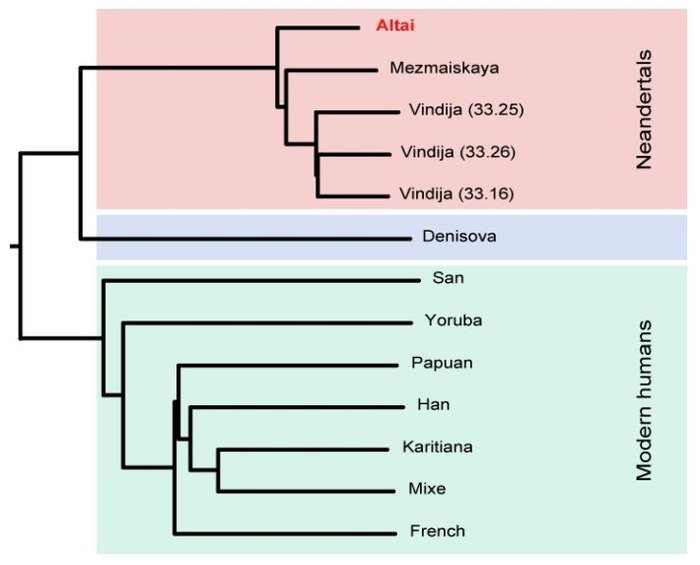LEIPZIG, Germany, March 19 (UPI) -- Scientists in Germany completing the genome sequence of a Neanderthal say they're making the entire sequence available to the scientific community for research.
Svante Paabo and his colleagues at the Max Planck Institute for Evolutionary Anthropology in Leipzig, presented the first draft version of the Neanderthal genome in 2010 from data collected from three bones found in a cave in Croatia, have now used a toe bone excavated in 2010 in Denisova Cave in southern Siberia to generate a high-quality genome from a single Neanderthal individual, the institute said Tuesday.















